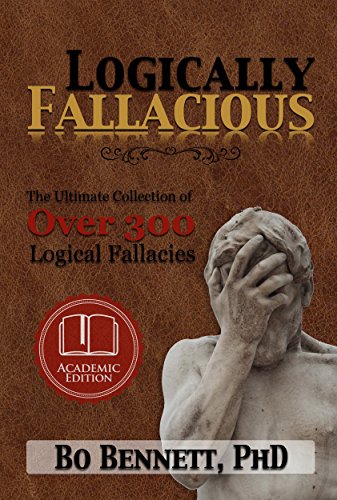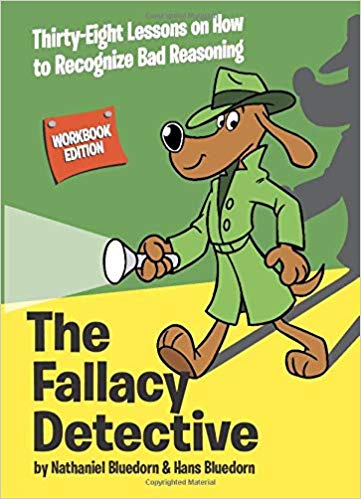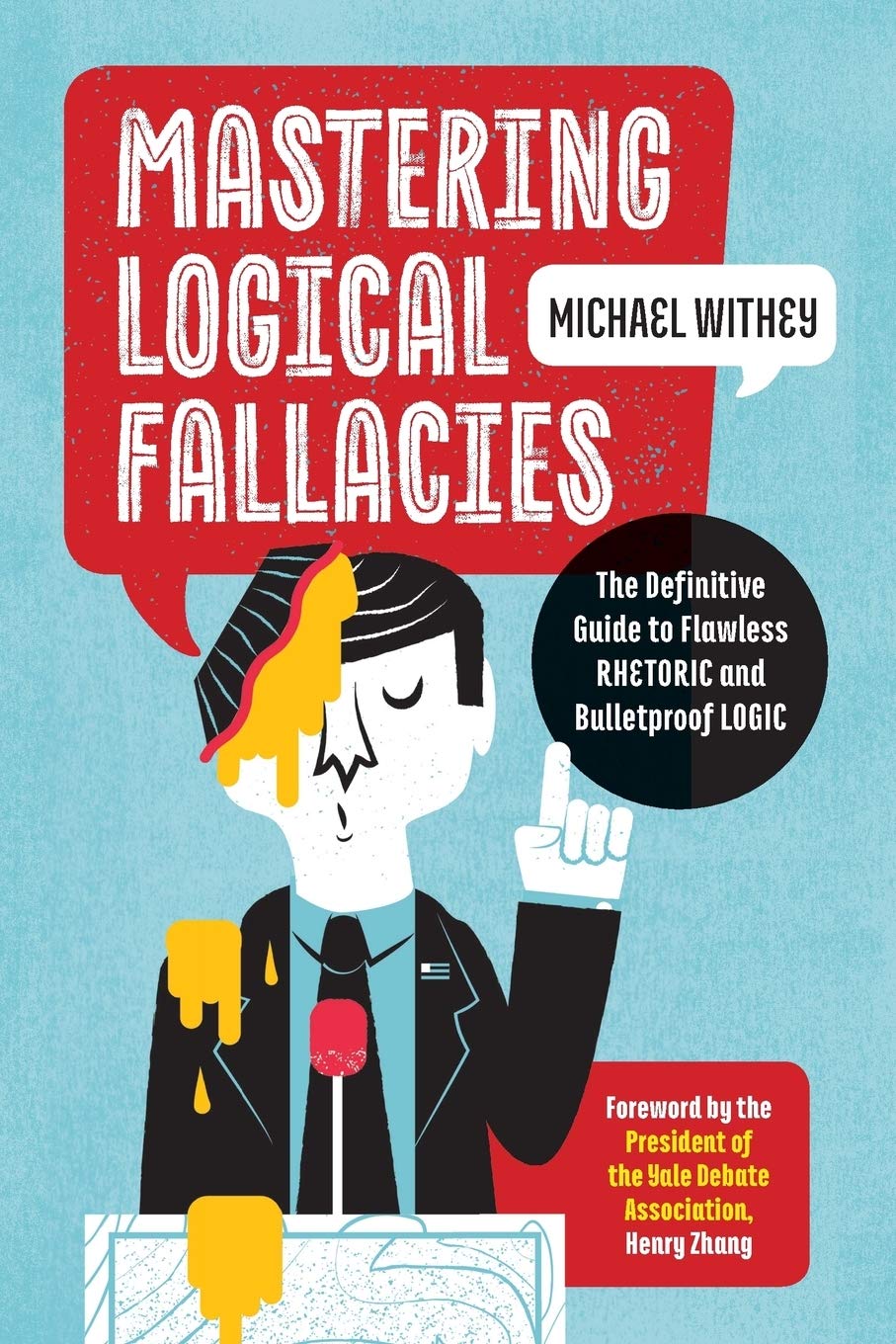Understanding Syllogisms and Their Relationship to Logical Fallacies
What is a Syllogism?
A syllogism is a form of deductive reasoning that consists of three parts: a major premise, a minor premise, and a conclusion. The goal of a syllogism is to arrive at a conclusion based on the truth of the premises. Syllogisms are a fundamental tool in logical reasoning and are used to demonstrate how one idea logically follows from another.
The basic structure of a syllogism is:
- Major Premise: A general statement or universal truth.
- Minor Premise: A specific statement that relates to the major premise.
- Conclusion: A logical outcome based on the two premises.
Example of a Syllogism
Major Premise: All humans are mortal.
Minor Premise: Socrates is a human.
Conclusion: Therefore, Socrates is mortal.
In this example, the major premise ("All humans are mortal") is a general truth, while the minor premise ("Socrates is a human") introduces a specific case. The conclusion ("Socrates is mortal") follows logically from the two premises.
Types of Syllogisms
There are two main types of syllogisms: categorical and hypothetical. Both can be involved in fallacious reasoning if they are improperly constructed.
1. Categorical Syllogisms
A categorical syllogism relates categories of things. The terms in each premise are either included in or excluded from certain categories, leading to a conclusion about the relationships between the categories.
Example:
Major Premise: All birds have feathers.
Minor Premise: A robin is a bird.
Conclusion: Therefore, a robin has feathers.
This syllogism is valid because the conclusion follows logically from the premises.
2. Hypothetical Syllogisms
A hypothetical syllogism deals with "if-then" scenarios.
Example:
Major Premise: If it rains, the ground will be wet.
Minor Premise: It is raining.
Conclusion: Therefore, the ground is wet.
Again, this is a valid syllogism, as the conclusion logically follows from the premises.
Logical Fallacies and Syllogisms
While syllogisms are a useful form of reasoning, they can also lead to logical fallacies when improperly used. A logical fallacy occurs when the structure of the argument is invalid or when the premises do not support the conclusion. In syllogisms, logical fallacies often arise from incorrect assumptions, poor logical connections, or faulty reasoning.
Here are some common logical fallacies that can occur within syllogisms:
1. Affirming the Consequent
This fallacy occurs when a hypothetical syllogism assumes that because the conclusion is true, the minor premise must also be true.
Fallacious Example:
Major Premise: If it rains, the ground will be wet.
Minor Premise: The ground is wet.
Conclusion: Therefore, it must have rained.
The conclusion is fallacious because there could be other reasons for the ground being wet (e.g., someone watered the lawn). Just because the ground is wet doesn't necessarily mean it rained, making this an example of affirming the consequent.
2. Denying the Antecedent
This fallacy occurs when a hypothetical syllogism assumes that because the first part of the premise (the antecedent) is false, the conclusion must also be false.
Fallacious Example:
Major Premise: If it rains, the ground will be wet.
Minor Premise: It is not raining.
Conclusion: Therefore, the ground is not wet.
This conclusion is invalid because there could be other reasons for the ground being wet, even if it is not raining. Denying the antecedent leads to a faulty conclusion.
3. Undistributed Middle
The fallacy of the undistributed middle occurs when the middle term (the term that appears in both premises) is not properly applied to both categories.
Fallacious Example:
Major Premise: All dogs are animals.
Minor Premise: All cats are animals.
Conclusion: Therefore, all cats are dogs.
In this case, the middle term "animals" does not sufficiently connect the premises to lead to the conclusion. The fact that dogs and cats are both animals does not mean that all cats are dogs.
4. Faulty Generalization (Hasty Generalization)
A faulty generalization occurs when a syllogism uses insufficient evidence to make a broad conclusion.
Fallacious Example:
Major Premise: My neighbor's cat is aloof.
Minor Premise: My friend's cat is aloof.
Conclusion: Therefore, all cats are aloof.
This conclusion is fallacious because the sample size is too small to make such a broad generalization about all cats.
5. False Dichotomy
This fallacy occurs when a syllogism falsely presents two options as the only possible outcomes when, in fact, there may be more.
Fallacious Example:
Major Premise: Either you are with us, or you are against us.
Minor Premise: You are not with us.
Conclusion: Therefore, you are against us.
The fallacy here is in assuming that there are only two possible positions—when, in reality, there may be a middle ground or other alternatives.
6. Equivocation
Equivocation occurs when a word is used in different senses in different premises, leading to a faulty conclusion.
Fallacious Example:
Major Premise: A feather is light.
Minor Premise: What is light cannot be dark.
Conclusion: Therefore, a feather cannot be dark.
The fallacy here is the equivocation on the word "light," which in the first premise means "not heavy" but in the second means "bright." This shifting meaning leads to an illogical conclusion.
How to Avoid Logical Fallacies in Syllogisms
To avoid logical fallacies in syllogistic reasoning, it's important to ensure that:
- The premises are true: Both the major and minor premises must be factually correct. Otherwise, even a logically valid conclusion can be based on incorrect information.
- The conclusion logically follows from the premises: The conclusion should be a natural and necessary outcome of the premises. Any leap in logic opens the door to fallacious reasoning.
- The terms are clearly defined: Ambiguous terms, especially those that shift meaning between premises, can lead to equivocation and false conclusions.
- There are no hidden assumptions: Some syllogisms may seem valid at first glance but hide unstated premises that weaken the argument. Being explicit about all assumptions can prevent this.
Conclusion
Syllogisms are a valuable tool in logical reasoning, allowing us to derive conclusions from general and specific premises. However, when improperly used, they can lead to a range of logical fallacies. Understanding these potential pitfalls is essential for constructing valid arguments and avoiding faulty reasoning. By ensuring that premises are true, terms are clearly defined, and conclusions follow logically, we can minimize the risk of fallacious thinking.

Books About Logical Fallacies
A few books to help you get a real handle on logical fallacies.




